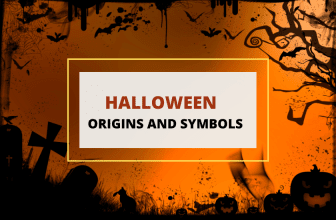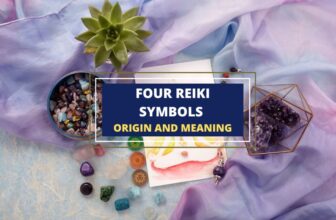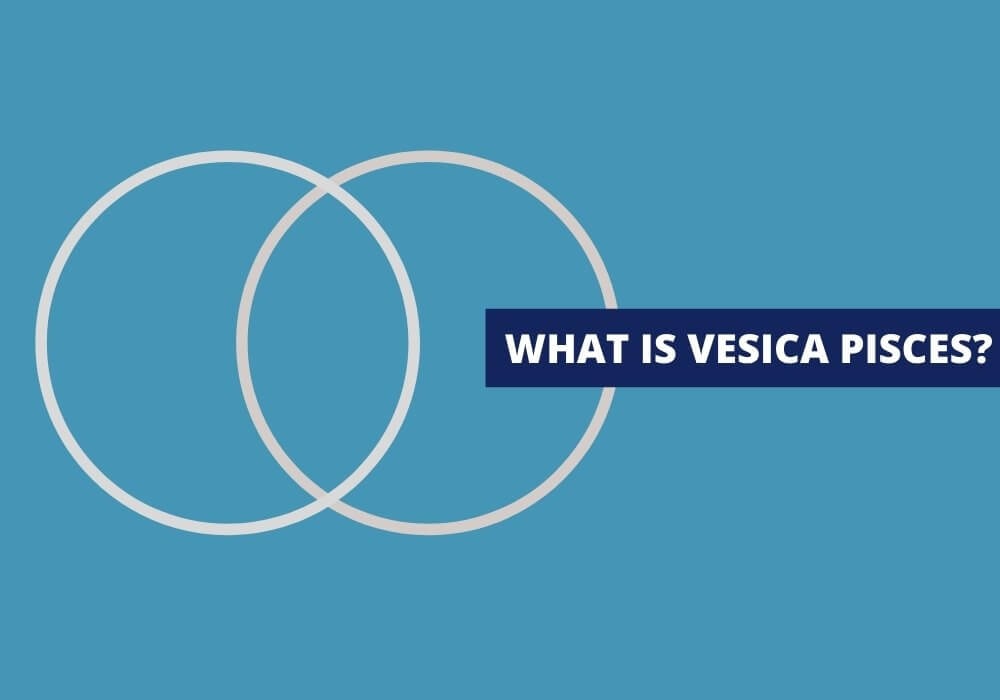
Table of Contents
The Vesica Piscis symbol is named after the Latin phrase for “fish bladder” as its shape loosely resembles that organ in fish. The symbol is often called by the singular form which is Vesica Pisces – both are correct. The phrase can also be translated as “Vessel of the fish” but the more direct translation is “fishes bladder”.
The Vesica Pisces is both simple and ingenious in its geometrical design. It’s made out of two identical circles that overlap in a specific way – each circle’s center lies on the other circle’s circumference. This creates the unique center part of the symbol which is what resembles both a fishes bladder and the shape of a fish as well.
Because of its geometrical simplicity and intuitive design, it’s no surprise that the Vesica Piscis symbol can be found through most ancient cultures as well as among early Christians.
Vesica Piscis in Mathematics
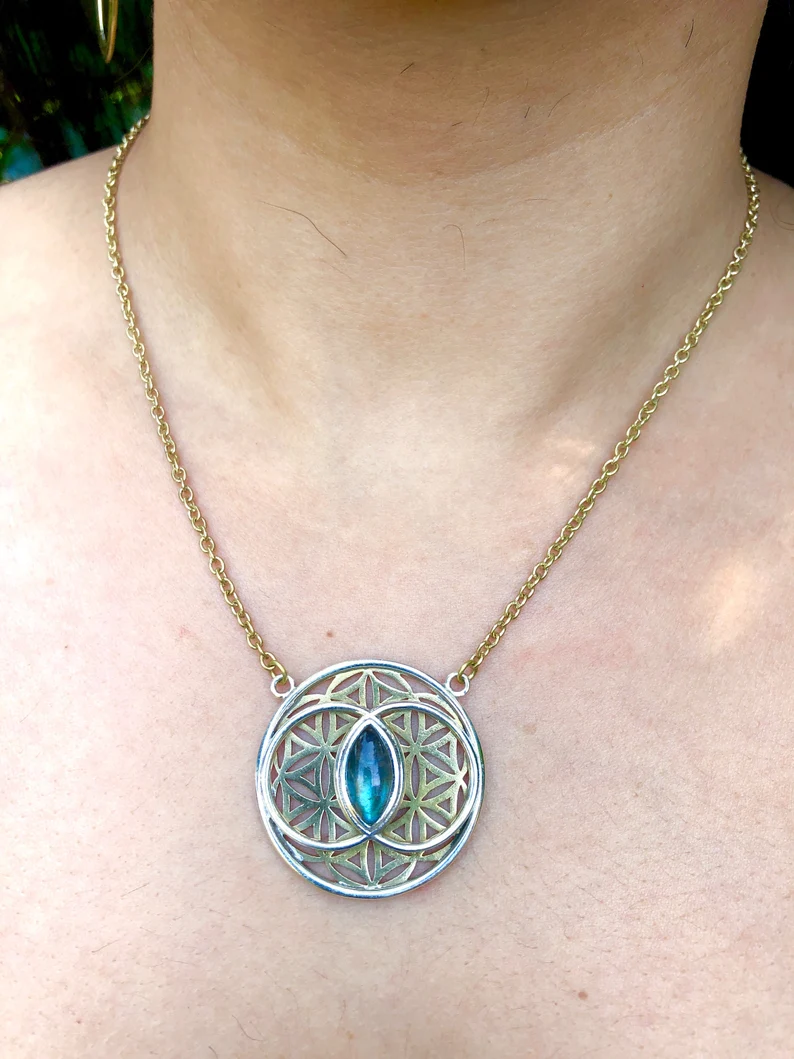
Even outside of its many religious meanings and symbolism, the Vesica Piscis sign is a cornerstone of modern geometry. The symbol figures quite prominently in the Pythagorean history as the Vesical Piscis is a special lens formed by the overlapping of two disks. The height to width ratio of the symbol is precisely 265 over 153 or 1.7320261 which is the root of the number 3. Another approximation of this ratio is 1351 over 780 which also equals the same number.
The circles of the symbol are also commonly used in Venn diagrams. Arcs using the same geometrical shape also form the triquetra symbol and the Reuleaux triangle. Due to all that, the Vesica Piscis symbol is often ascribed a lot of non-religious mystical meanings and is a major symbol of “sacred geometry”.
Vesica Piscis in Christianity
In Christianity, fish have a special symbolic place and so does the Vesica Piscis symbol. Fish, particularly ones that resemble a Vesica Piscis-like construction, are the symbol of Jesus Christ (ichthys). The 12 apostles of Jesus were often referred to as fishermen and the teachings of Christ were often represented by the fish symbol formed from the inner part of the Vesica Piscis.
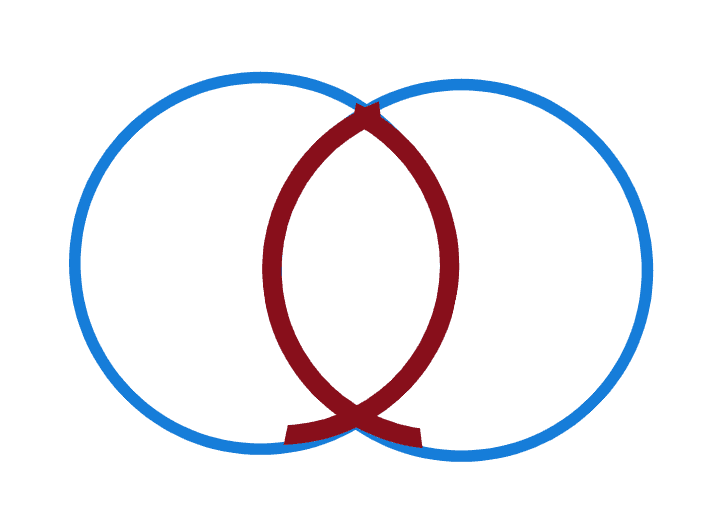
What’s also interesting is that 153 is the exact number of fish Jesus was miraculously said to have caught in the Gospel of John. The same shape can also be seen in representations of the Ark of the Covenant.
Unlike many other Christian symbols and myths that were added on centuries later by the Catholic or Orthodox churches or even by secular authors and artists, the Vesica Piscis symbol was a part of the earliest Christians’ traditions.
Early Christians are said to have greeted each other by forming the Vesica Pisces symbol with their hands. They did so by touching the tips of their thumbs and index fingers while keeping both palms open and parallel to each other. Another way to form the Vesica Piscis as a hand symbol was probably by making circles by touching the thumb and index fingers of each hand and then interlocking these two circles. The latter method is not that well documented, however. The former, however, is also believed to be the origins of the modern Christian praying gesture with the one difference being that now the palms of the praying’s hands are joined.
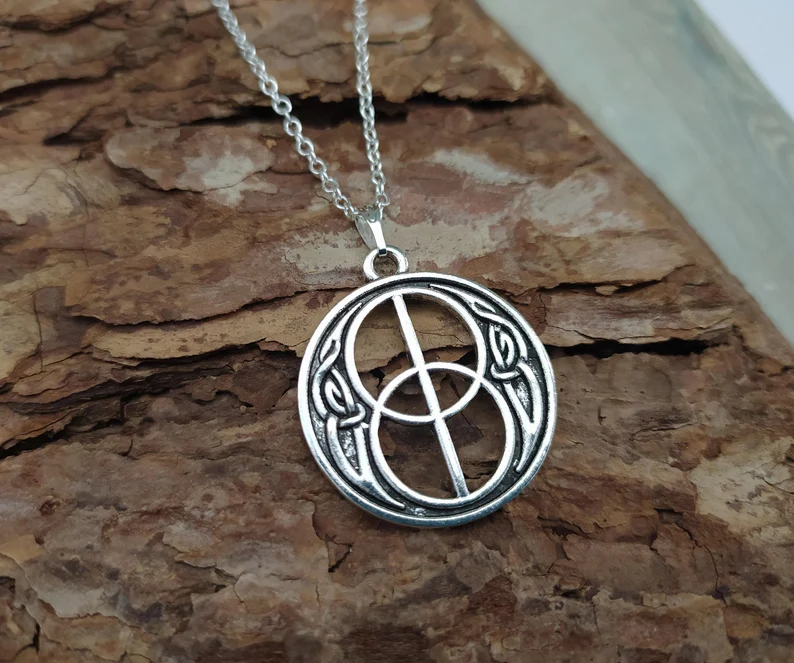
The Vesica Piscis symbol was also found throughout Early Christian iconography, especially in the ornamental form of Christ’s figure. The same geometrical shape is also prevalent in the architectural design of many churches and cathedrals.
Of course, the pagan symbolism of the Vesical Piscis has also creeped into Christianity, including during its earliest days. For example, according to Historia del Cristianismo of Justo González, the old Catholic rule of not eating meat on Fridays comes from the Greco-Roman tradition of performing fish offerings to the goddess of love Aphrodite/Venus on that same day of the week.
At the end of the day, even though different Christian denominations accept certain aspects of the Vesica Piscis and deny others, the symbol is very much pivotal to the Christian religion.
Vesica Piscis in Ancient Pagan Religions
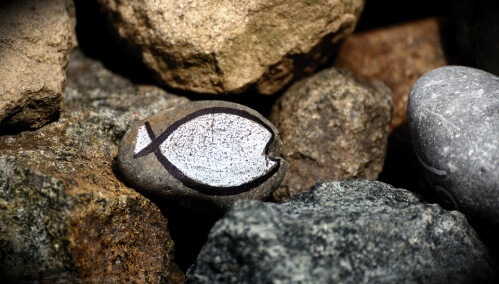
Outside of Christianity, the Vesica Piscis is still widely represented. Because of its simple geometrical shape, the symbol can be found in most ancient cultures. It has been found in prehistoric art depictions in various locations, especially in Spain and France, for example.
More often than not, in most pagan cultures, the Vesica Piscis was used as a representation of the vagina. This is likely due to the shape formed by the overlapping of the two circles vaguely resembling that organ but also because the very overlapping of the circles can be viewed as a representation of sexual intercourse.
Regardless, the symbol has been associated with maternity and procreation. While it was still related to fish even before the early days of Christianity, fish too were used as feminine symbols.
The fish offerings to the Greco-Roman goddesses of love and passion we mentioned above are a good example of that. Both Aphrodite and Venus were not goddesses of romantic love either, they were mainly viewed as goddesses of sexual passion and lust. Those same fish offerings done on Fridays were made for the promotion of one’s sexual vigor and fertility, usually before or just after the marriage of a young couple.
Even outside of the Greek and Roman cultures, fish and the Vesica Piscis symbol have been linked to female fertility and the worship of love goddesses in many other cultures, including the ancient Babylonians, Assyrians, Phoenicians, Sumerians, and others. Given that all of them used to reside in the Middle East while the Greeks and Romans were in southern Europe, it’s no surprise that the Vesica Piscis symbol was so easily incorporated into early Christianity.
In Conclusion
The Vesica Pisces is among the oldest symbols in the world, and has significance in a number of cultures and faiths. Today it remains commonly associated with Christianity.






